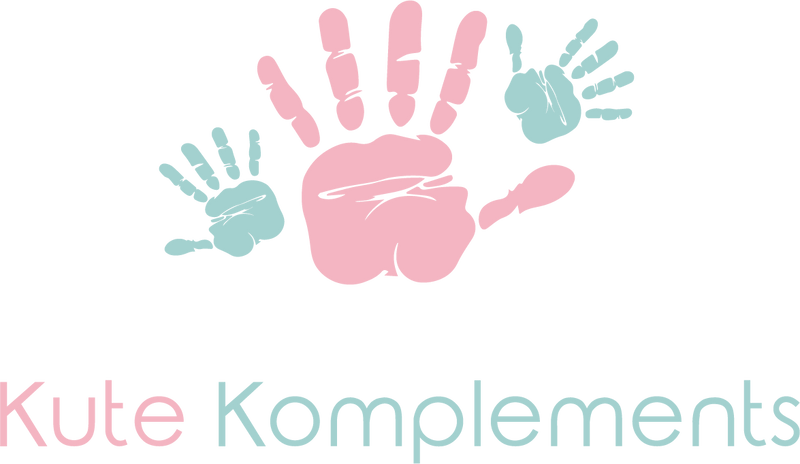Financial Planning Series: Phase III
Posted on April 22 2019

Phase III-Grow
The last few weeks we focused on protecting and optimizing your income. Today we will focus on growing your income.
Now that you have managed your debt you can reposition dollars that were going towards high interest debt to savings and investment strategies for retirement and big-ticket items, like buying a home or expanding your family or business.
To retire comfortably, I recommend saving enough to maintain the lifestyle you’ve enjoyed while working. Most of my clients need 80% of their pre-retirement after-tax income to cover their essential needs (housing, transportation and personal insurance) and discretionary needs (entertainment, health club/spa, spoiling your grandchildren). To achieve this, you may need to utilize a few different income sources.
Consider different strategies that will be impacted by taxes and the market differently. Most of us are so focused on how to minimize taxes today (while saving money) and many forget to create strategies that will help them control taxes during the distribution phase later (while spending money saved). Stable income sources generally provide income on a regular schedule in fixed amounts. For example, income annuities, social security and pension. Variable income sources provide you with more control over when, and how much, you withdraw. For example, deferred annuities, investments, 401(k)/IRA and Roth. Permanent life insurance can also create income build from cash value.
It’s also important to establish and maintain a cash reserve. This can be a key component of your retirement portfolio. The purpose of a cash reserve is to provide you with flexibility in retirement to help manage the up and down markets. It should be approximately 2 years of income needed from various resources and not provided by guaranteed sources. It should be highly liquid, low-risk and stable. You should replenish the cash reserve with investment gains and income during up markets. Potential cash reserve accounts are checking or saving accounts, money market accounts or permanent life insurance cash value. Having a cash reserve will help minimize withdrawals from investment accounts in a down market during retirement. Studies have shown that minimizing withdrawals during a down market can have a positive impact on the value of investment accounts over a period, thus, increasing your retirement income and ultimately, your legacy.
Consider the following to diversify your investment and savings portfolio:
1. Participate in employer’s retirement plan. If you are an employee of a corporation that offers a retirement plan, participate and contribute at least the percentage of your salary/wages up to the employer’s match. For example, if your company offers a 401(k) and your employer is willing to match your contribution up to 6%, then you should elect to participate and contribute at least 6% of your income into the plan. Even if you are unsure about whether you will be with the company for an extended period you should participate in the plan because you will most likely be able to take those funds with you (or rollover to a new employer’s retirement plan or into an individual retirement account) upon your termination.
a. If you are self-employed, then be proactive and establish an individual retirement account or implement a qualified retirement plan through your company, i.e. 401(k) or SIMPLE IRA.
2. Establish a Roth account. This is an individual retirement account allowing you to save after-tax income up to a specified amount each year. Currently, the annual limit is $6,000 for savers under the age of 50 and $7,000 for savers age 50 and older. Both earnings and withdrawals, after age 59 1⁄2, are tax-free. You can invest this money according to your risk tolerance. Typically, the money isn’t accessible without early withdrawal penalty before age 59 1/2, however, there are excepts to the rule. There are specific rules to be aware of because not everyone can participate due to income limits. Consult with your financial advisor about your ability to utilize this financial tool.
3. Invest dollars in your savings account that is above the 6-month emergency fund limit. For example, if you have $60,000 saved in cash in a savings account earning a minimal interest rate and the amount you need to cover your emergency funds is $40,000, then consider repositioning $20,000 from your savings account to an investment account to invest those dollars in a diversified portfolio, according to your risk tolerance. You will earn a better interest rate over time and still have access to those dollars, without penalty, in the event you need for whatever purpose.
4. Invest in real estate. Whether you are a first-time home buyer, or a long-time real estate investor, consider adding real estate to your portfolio. Real estate is an asset and can be leveraged for other investment opportunities in the future. It can create passive income that can be used to help you achieve your financial goals, i.e. debt elimination, education funding for your children or replace earned income during retirement.
This concludes our three-part financial planning series. I hope you gained information to empower you to define your financial security. If you would like guidance to establish a personal financial plan or a second (or a third) opinion to review your current financial plan visit www.anitrablue.nm.com and/or dial 504-620-4749 to schedule a 15 minute phone consultation.


0 comments